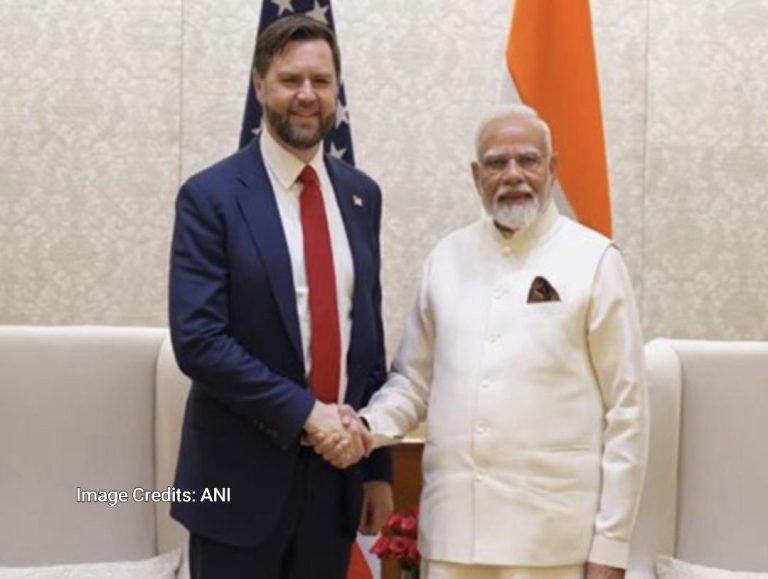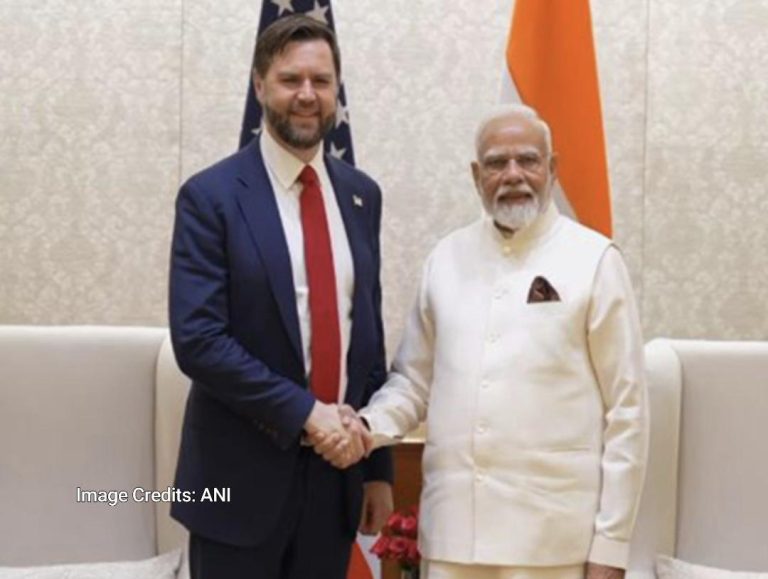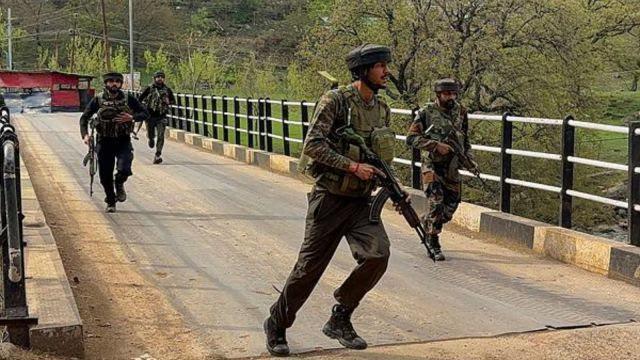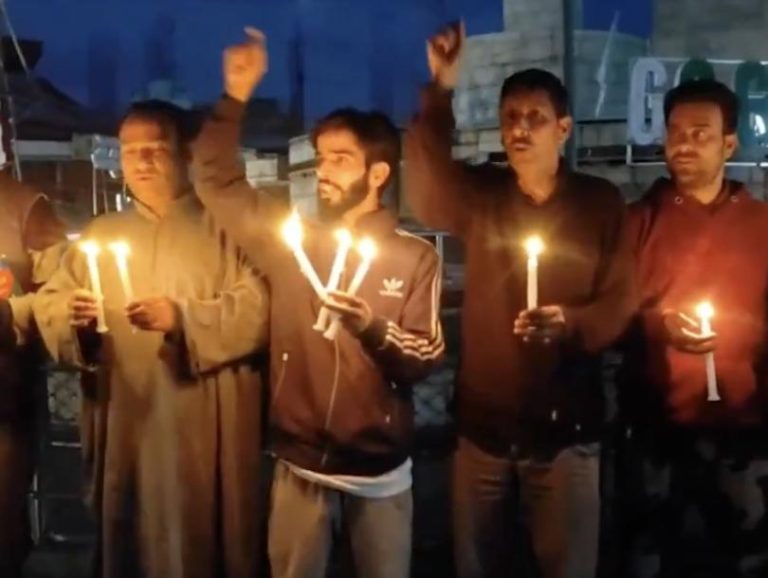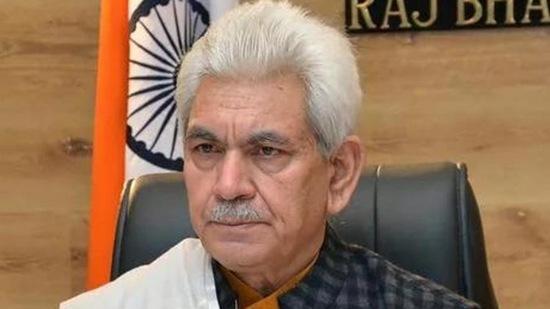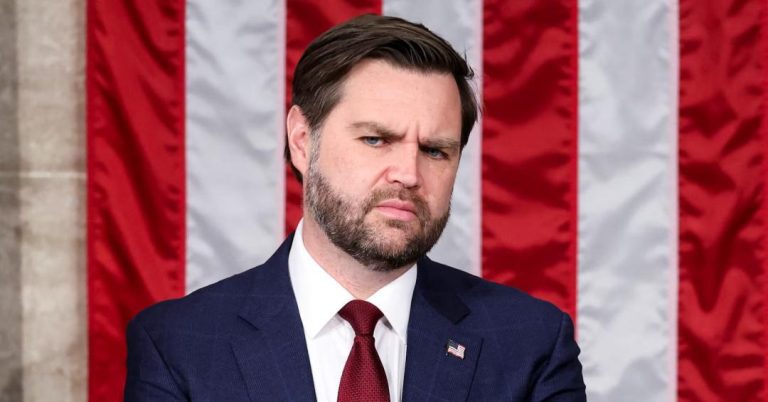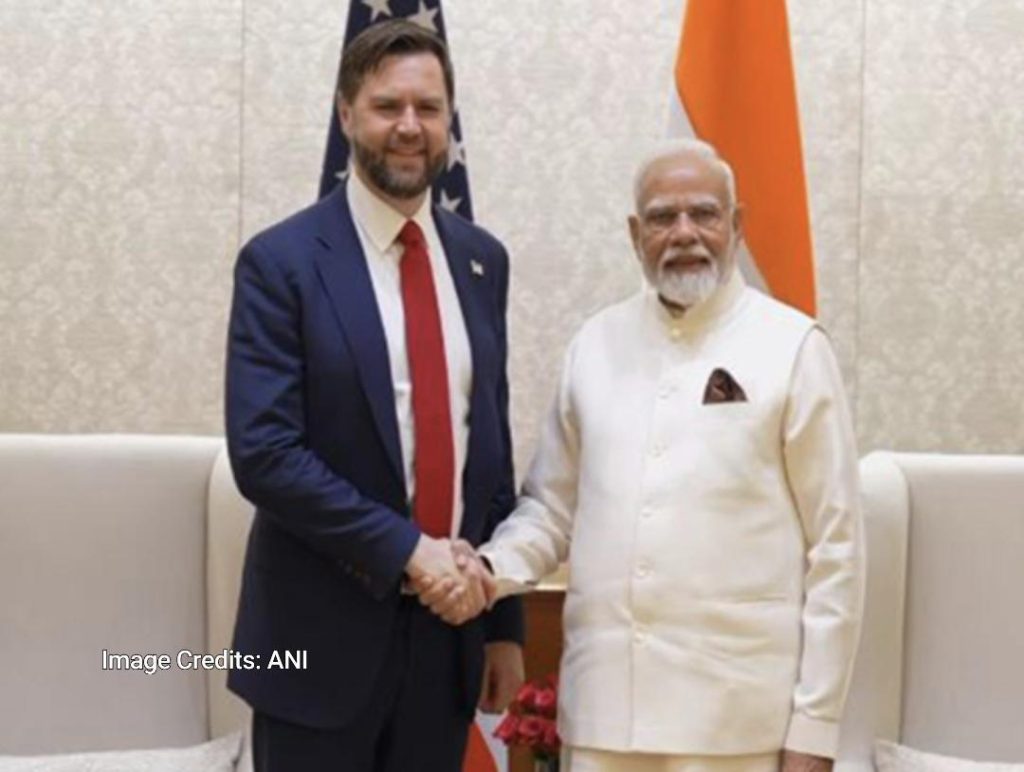
PM Modi & JD Vance Welcome Progress of India-US Trade Talks
In a significant development, Prime Minister Narendra Modi met with US Vice President JD Vance and welcomed the “significant progress” made in the talks on the India-US Bilateral Trade Agreement. The meeting, which took place on April 21, marked a crucial milestone in the ongoing trade discussions between the two nations.
The talks, which have been ongoing since the US’ decision to impose reciprocal tariffs on several countries, including India, have been marked by a series of rounds of negotiations between the two sides. The latest meeting between PM Modi and VP Vance underscores the commitment of both governments to finding a mutually beneficial agreement.
During the meeting, PM Modi and VP Vance discussed a range of issues, including boosting ties in key sectors such as energy, defence, and technology. They also called for continued dialogue on global issues, including trade, security, and climate change.
The India-US Bilateral Trade Agreement has been a topic of discussion for several years, with both sides seeking to strengthen their economic ties. The agreement aims to reduce tariffs, increase trade, and create new opportunities for businesses and investors.
In recent years, the US has imposed tariffs on several countries, including India, in a bid to address trade imbalances. In response, India has imposed retaliatory tariffs on several US products. The ongoing trade discussions between the two nations aim to resolve these issues and find a more sustainable trade relationship.
The meeting between PM Modi and VP Vance comes amid a backdrop of growing economic ties between the two nations. India has emerged as one of the fastest-growing economies in the world, and the US is one of its largest trading partners.
In recent years, the US has invested heavily in India’s economy, with American companies such as Amazon, Google, and Facebook setting up operations in the country. India, in turn, has become an important market for US companies, with many of them looking to tap into the country’s growing consumer base.
The energy sector is another area where India and the US have been collaborating closely. The US has been keen to export its energy resources to India, which has been looking to reduce its dependence on imported oil.
In 2020, the US and India signed a landmark deal on civil nuclear cooperation, which aims to increase cooperation in the nuclear energy sector. The deal allows for the export of US nuclear technology and components to India, which has been looking to expand its nuclear power generation capacity.
The defence sector is another area where India and the US have been strengthening their ties. The US has been keen to sell its military hardware to India, which has been looking to modernize its military.
In recent years, the US has sold several military platforms to India, including fighter jets and submarines. The two nations have also been cooperating closely on defence and security issues, including counter-terrorism and counter-piracy operations.
The technology sector is another area where India and the US have been collaborating closely. The US has been keen to invest in India’s technology sector, which has been growing rapidly in recent years.
In 2020, the US and India launched the US-India Technology Alliance, which aims to promote cooperation in areas such as artificial intelligence, cybersecurity, and clean energy. The alliance also aims to promote investment and trade between the two nations.
In conclusion, the meeting between PM Modi and VP Vance marks a significant step forward in the ongoing trade discussions between India and the US. The two nations have been working closely together to strengthen their economic ties, and the agreement on the India-US Bilateral Trade Agreement is expected to boost trade and investment between the two nations.
The agreement is expected to create new opportunities for businesses and investors, and will help to strengthen the economic ties between the two nations. The meeting also underscores the commitment of both governments to finding a mutually beneficial agreement, and to promoting cooperation on global issues.
